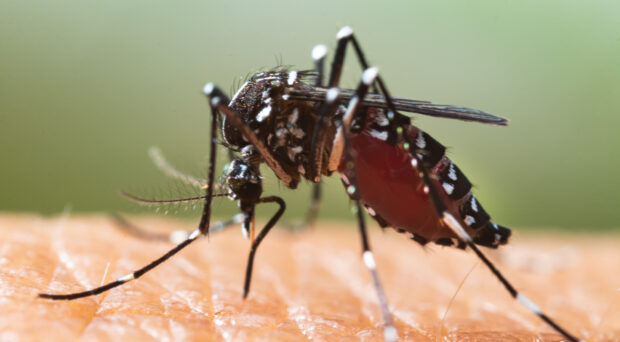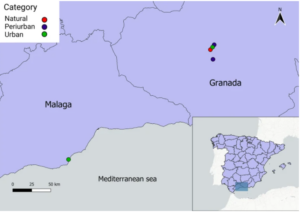
What might the world look like in 50 years?
Well, if the world’s climate continues to change and heat up, the sea levels will rise. Weather patterns may shift, and as a result landscapes and agricultural practices could also alter. But what about diseases? Will climate change affect those, too?
Yes, it turns out, and in varying ways. In some cases, hotter temperatures could wipe out certain parasites, though that’s not cause for celebration, as many play important roles in their environments. Alternatively, as tropical climates begin to creep further north, certain diseases, especially those transmitted by vectors like ticks and mosquitoes, could start to appear in new regions. It’s a complicated issue, and no doubt numerous studies will be needed before we can get a full picture of all the potential changes. Interested readers can look at another blog I wrote on the topic.
That blog examines a Scoping Review in the journal Infectious Diseases of Poverty by Van de Vuurst and Escobar, which analyzed research trends on climate change and infectious diseases, plus areas requiring additional study.
Today’s blog takes a look at another climate-related paper, this time a new research paper entitled “Avian Plasmodium in invasive and native mosquitoes from southern Spain” by Garrigós et al. in Parasites & Vectors.
Why did the authors focus on avian parasites in particular? Because the impact they can have on birds is quite similar to the effect certain diseases, such as malaria, can have on humans, especially to bird populations that historically have not had to deal with the parasites.
Some background: In 1979, the Asian tiger mosquito, or Aedes albopictus, first appeared in Europe, specifically within Albania, but since then it has moved further across the continent, to areas such as Catalonia and southern Spain. Concerns about its spread have even earned the species a spot on the “100 of the World’s Worst Invasive Species” list compiled by the Invasive Species Specialist Group.
Concerns about mosquito-borne diseases, such as the aforementioned malaria and West Nile virus, prompted Garrigós et al. to look at the species, along with two native to southern Spain, Culex pipiens and Culiseta longiareolata. For the purposes of the study, they specifically tested for avian Plasmodium parasites, to see if the invasive species could affect their spread.

They state in the article that they carried out the study as follows: “Mosquitoes were trapped from May to November 2022 in five localities of the provinces of Granada (n = 4) and Malaga (n = 1), southern Spain. Sampling sites included two urban sites, two peri-urban sites and one natural site, which differ in terms of land use and human density.” At each site, trapping sessions recurred every 2 or 3 weeks for approximately 24 hours, save for one location at a zoo, where they were conducted from 7:00 pm to 10:00 am when the zoo was closed to visitors. The mosquitoes were then frozen and brought to the lab, where the researchers used molecular tests on the samples.
In all, Garrigós et al. caught 204 mosquito pools of the three species (165 of Cx. pipiens, 23 of Ae. albopictus, and 16 of Cs. longiareolata) for a total of 816 mosquitoes.
So, what were the results?
The authors found DNA evidence of avian Plasmodium in only one of the speries: Cx. pipiens, where, of the 165 mosquito pools tested, they detected it in 31. The parasites weren’t present in any of the Ae. albopictus or Cs. longiareolata pools.
So, that’s good news, right? The invasive Ae. albopictus aren’t carrying any of the avian Plasmodium parasites and helping them spread, right?
Well, not necessarily. As Garrigós et al. state, “Due to the recent establishment of Ae. albopictus in the area, further research on the role of this species in the local transmission of vector-borne pathogens with different reservoirs is required.” Just because the species isn’t involved in the transmission of those avian Plasmodium, it doesn’t mean that they aren’t involved in transmitting other parasites.
After that, climate change is a complicated business. As temperatures continue to rise and invasive species like Ae. albopictus continue to move to new areas, it is important to study them and see what parasites and pathogens they can potentially transmit. So–further studies are needed before we can say anything about the potential impact of Ae. albopictus in new areas.

Comments